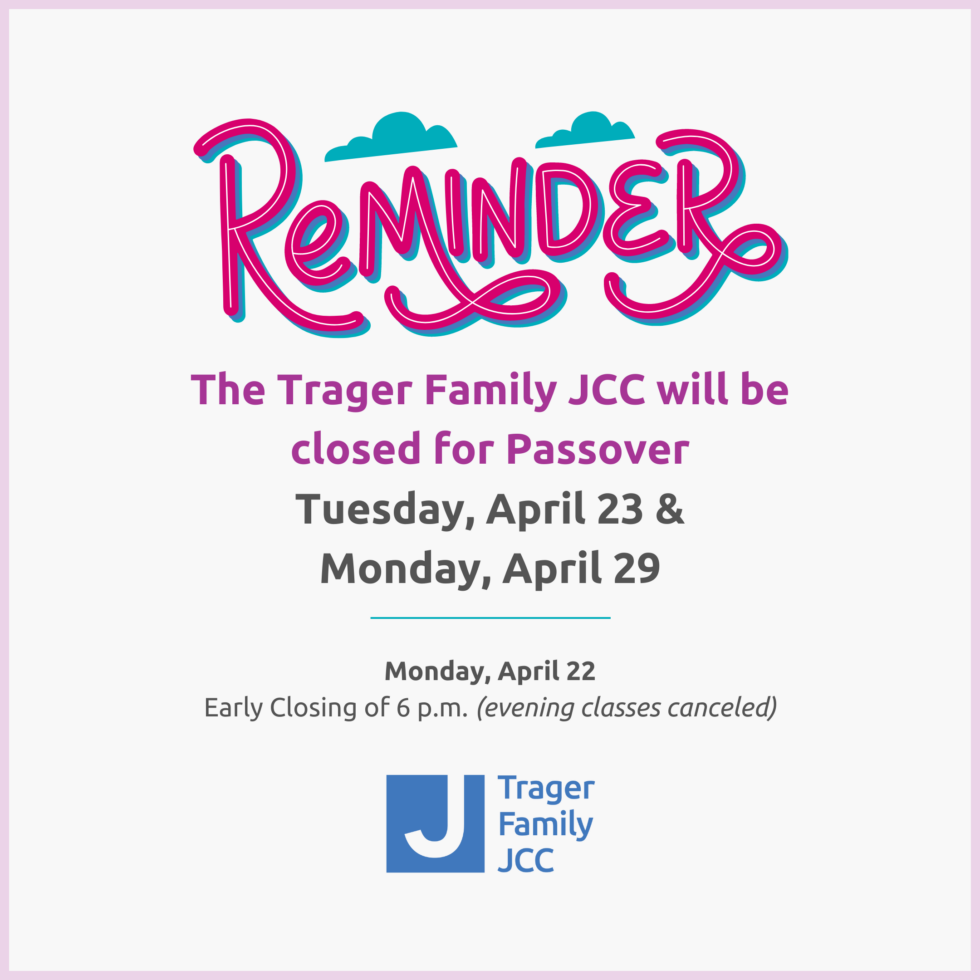The word “Torah” means teaching. We generally use it to mean the scroll of Torah that contains the five books of Moses: Genesis, Exodus, Leviticus, Numbers and Deuteronomy. But Torah is broader than any book that we can write. When we read the written Torah, we recite the blessing “notein hatorah” – we give thanks for the Torah that we are being given, in the present tense.
This brings us to the question: What is the Torah that we are being given in our own present day? What are we learning about how we are supposed to live? Do we fight the lessons that we receive? Do we wish for a past that is no more and refuse to engage the present? Sometimes our most difficult learning is the lesson of acceptance – being able to find joy and blessing, even in the challenges that face us.
On the holiday of Simchat Torah, we finish reading the book of Deuteronomy, and we immediately begin once again with Genesis. We are never done learning.
Simchat Torah teaches us to see every ending as the doorway to a new beginning. Nothing is ever static. So many of our holidays and rituals are designed to teach us how to move and grow, to transition – to find the sacred in the midst of change. Yet, in life, all too often, we fight change. We fear it and allow our fear to define our future, rather than allowing faith and hope to define us.
And so it is that we are commanded to be joyful on Simchat Torah. Sometimes, we need to be pushed into joy, because the well-worn grooves of our psyche have gotten used to worry and grudges. We never know where we will find Torah, but with the right intention, we can learn to find blessings, even in our challenges.
Not too long ago, I was reminded of this lesson by someone that I met at the State Fair, where we were connecting people to life-saving screenings, which is just one of the countless ways that we, at KentuckyOne Health, serve our broader community and fulfill our mission to bring wellness, healing and hope to all, including the underserved.
I met a man who told me that he is alive today thanks to the screening he received at the fair, one year ago, which led him to discover life-threatening blockages. He came to Jewish Hospital emergently, and underwent extensive surgery.
During this time, his estranged brother came to visit him, and they were able to reconnect. He told me: “This screening for my physical heart gave me back another piece of my heart as well – not only am I alive, but my brother is back in my life too.”
He shared how he and his brother had fought many years previously, and by the time they made up, they could barely remember what had happened. They only remembered the different versions of the story that they had told themselves about what had happened. Those stories became larger than the two brothers and louder than reality. Eventually, their stories became what kept them from each other. It took the reminder of life’s fragility to finally convince them to let go of the past, and remember that they were family. He told me: “I never thought that almost dying would teach me how to live.”
We all have stories that we carry with us, old beliefs, old hurts and old assumptions. How many of these are outdated? Can our biggest challenges also become our biggest teachers? Can we find blessing in the things that seem the hardest to accept? What in our life is pushing us into joy, if only we could allow ourselves to see it?
As we begin a New Year, and prepare for Simchat Torah, we have the opportunity to think about which of our own stories are helping us to live with joy and hope in our hearts, and which ones are keeping us from what truly matters. May we, individually and collectively, recognize and celebrate Torah, in all its forms. May this year be a sweet and healthy one, filled with blessing and healing.



